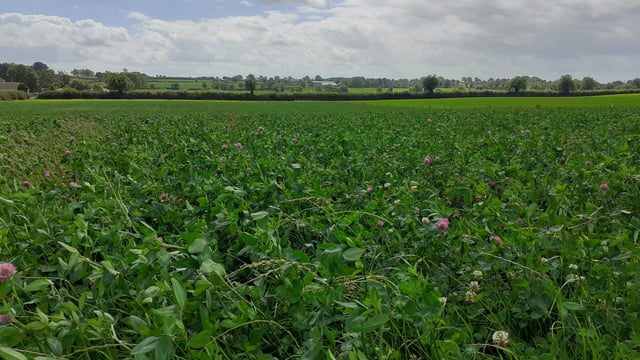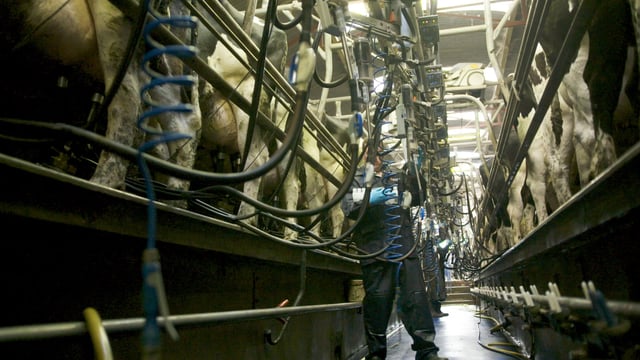Rise in liver fluke cases seen in factory cattle this year
A rise in the number of cattle being presented for slaughter showing signs of liver fluke has been observed this year.
The Animal Health Ireland (AHI) Beef HealthCheck programme manager, Dr. Natascha Meunier, outlined that the prolonged wet conditions in both 2023 and 2024 has seen an increase in liver fluke levels.
According to a post on the Teagasc website, this is the first rise reported since the programme commenced at participating meat factories back in 2016.
The programme has collected data from 678,500 cattle to date this year. Of these, liver fluke damage has been seen in 7% of animals, while live parasites were present in 2% of animals, which is an increase on last year.
Dr. Meunier said: “In 2024 so far, 23,700 herds have been recorded as part of the Beef HealthCheck Programme.
"This year, 39% of these herds had at least one animal showing signs of liver fluke damage when sent to slaughter. Active infection in one or more animals was seen with 17% of herds, compared to only 13% last year.”
The map below details the percentage of herds by county, with at least one animal showing signs of liver fluke at slaughter in 2024 to date:

As can be seen from the map above, counties Roscommon and Sligo have the highest incidence rates for the internal parasite.
Commenting on the rise in cases, Dr. Meunier said: “Nationally, the north-west counties have the highest numbers of herds affected, where between 67% and 80% of herds had signs of liver fluke at slaughter.
“On the other hand, there are 24% of herds that have not shown any evidence of liver fluke in animals that are presented for slaughter in the last four years.
"It is possible that these farms are currently free of liver fluke and may not need flukicide treatment but this should be discussed with your veterinary practitioner.”
Given the high level of fluke this year, Dr. Meunier advised farmers to be cautious to prevent production losses:
“The fluke risk is also very farm-specific depending on the history of fluke on farm, management practices and the number of wet, muddy areas in fields."





